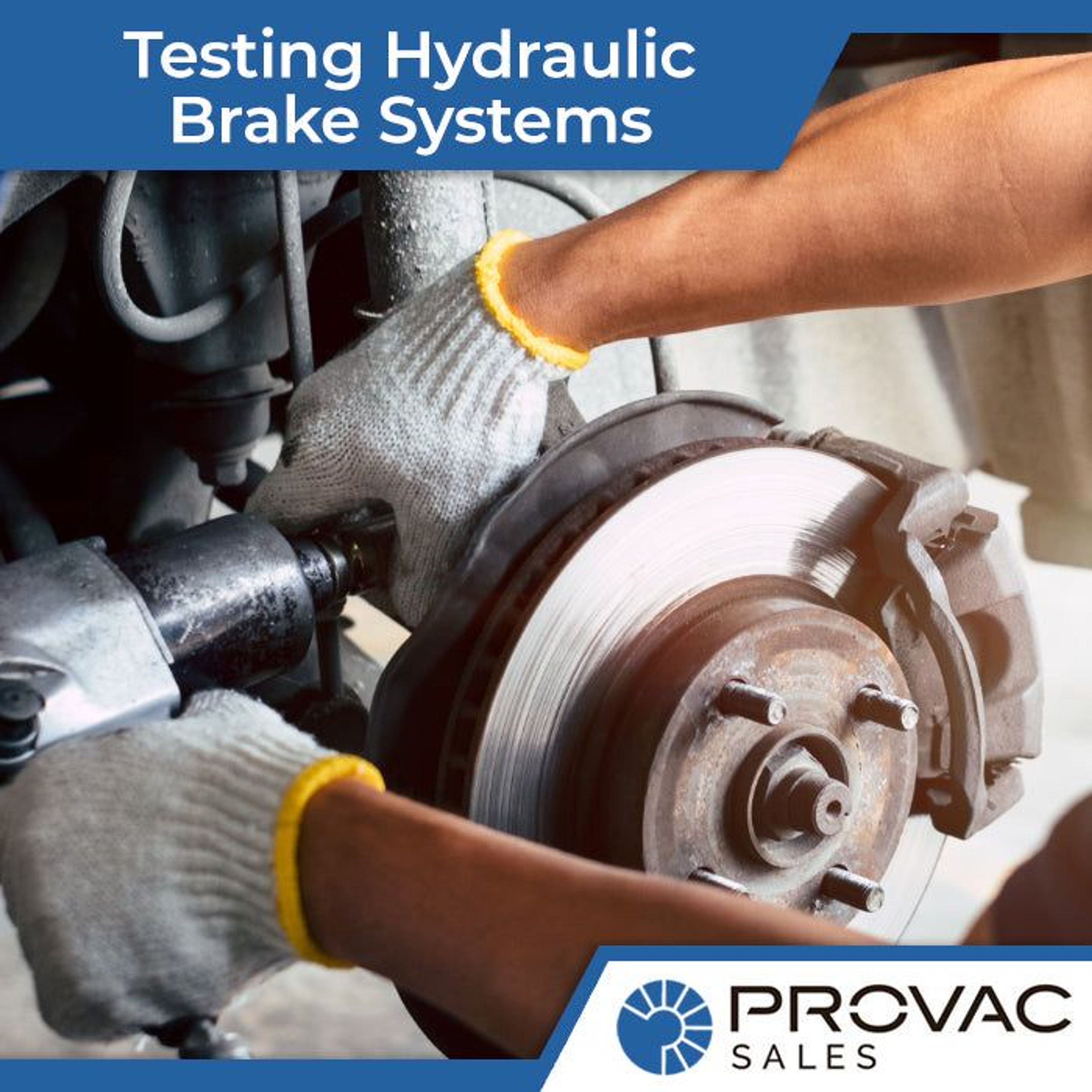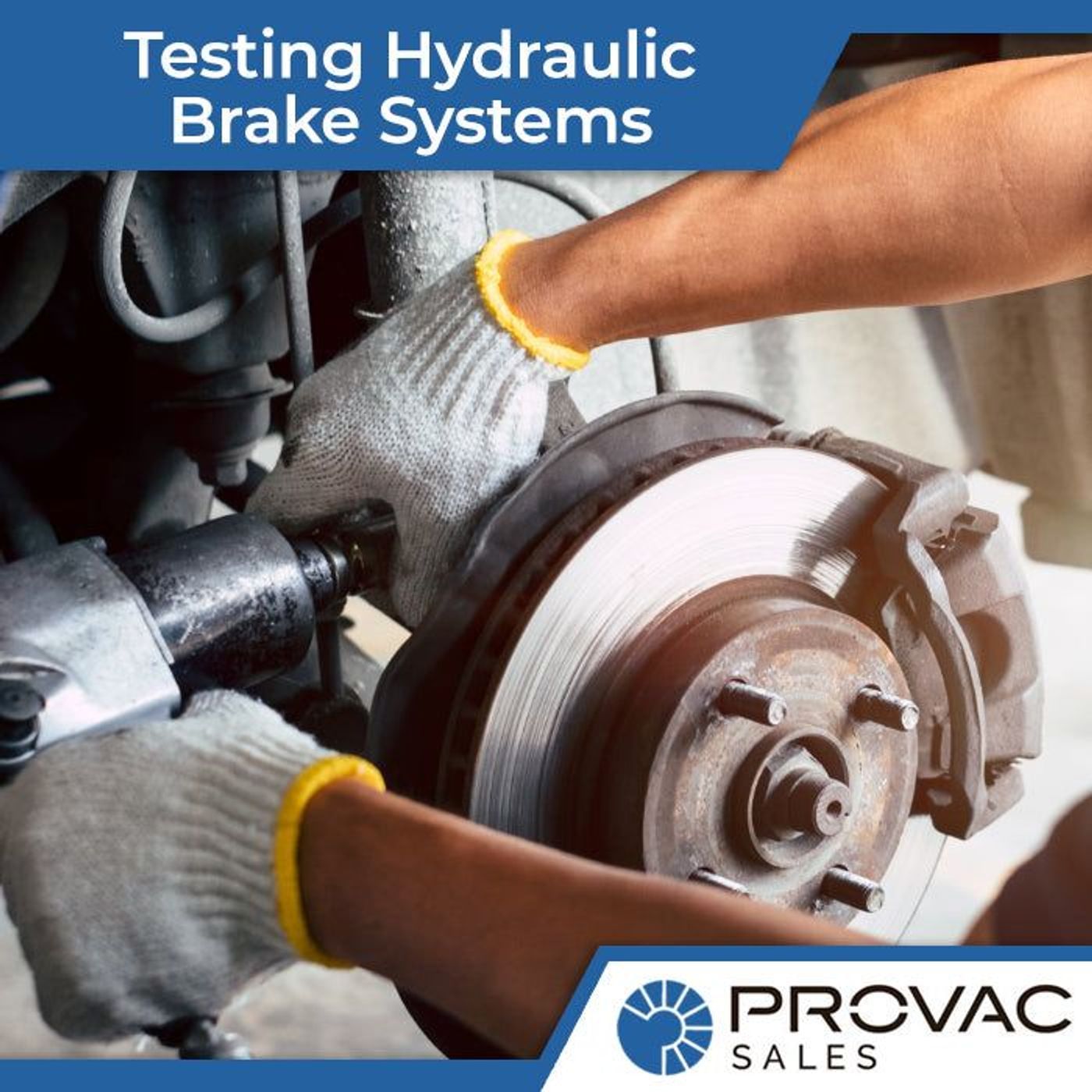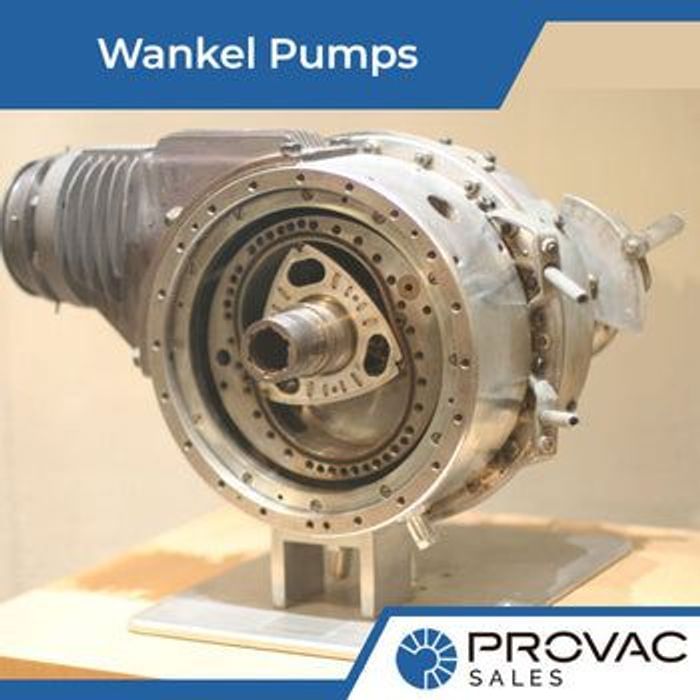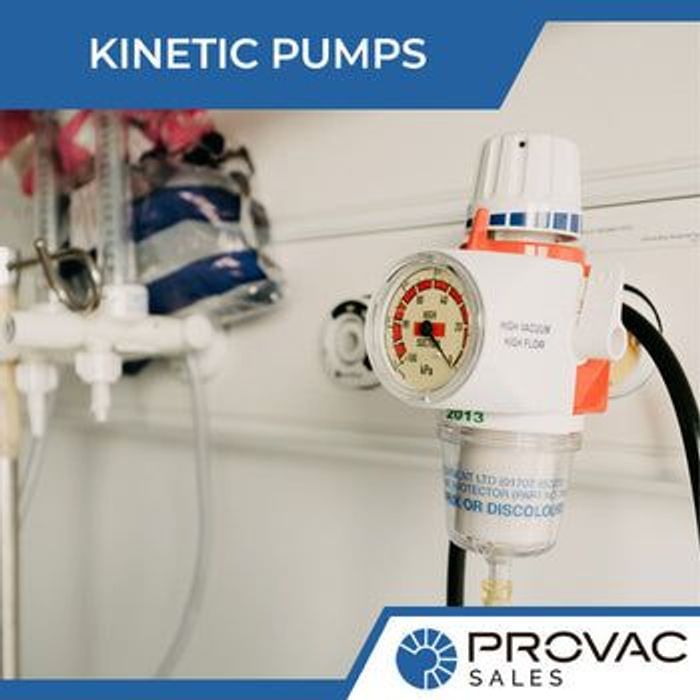The automotive industry is always looking for ways to improve the efficiency and safety of its products. One area that has seen significant advances in recent years is the testing of hydraulic brake systems in new cars. Traditionally, the testing of these systems was a time-consuming and often expensive process. But thanks to advances in vacuum technology, that is no longer the case. With vacuum testing, engineers can quickly and easily identify any issues with the hydraulic system. This allows for faster development and more reliable products.
The Benefits of Using Vacuum Technology to Test Hydraulic Brake Systems
The benefits of using vacuum technology to test hydraulic brake systems are many and varied. Vacuum testing is a fast, reliable, and cost-effective way to test hydraulic brake systems for leaks, blockages, and other potential problems. It is also an excellent way to verify the proper operation of hydraulic brake systems. Vacuum testing can quickly identify leaks in hydraulic brake systems, which can then be repaired before they cause further damage. Vacuum testing can also identify blockages in hydraulic brake systems, which can be cleared before they cause problems. In addition, vacuum testing can verify the proper operation of hydraulic brake systems, ensuring that they are functioning correctly. This greatly adds to safety while driving. Testing this way is fast, reliable, and cost-effective, and it can also help to verify the proper operation of hydraulic brake systems.
The Pressure Decay Method
This new method for testing hydraulic brake systems is called the pressure decay method. It involves attaching a pressure gauge to the system and then monitoring the pressure as the system is used. If the pressure drops too low, it indicates a leak in the system. The pressure decay method is much more accurate than traditional methods, and it is also much faster. In addition, it is much safer, as it eliminates the need to work with high-pressure fluids.
The pressure decay method is also less expensive, as it does not require the vehicle to be taken out of service for testing.
The Drawbacks of Using Traditional Methods to Test Hydraulic Brake Systems
Traditional methods for testing hydraulic brake systems can be inaccurate and time-consuming. They can also be dangerous, as they often involve working with high-pressure fluids. Traditional methods are often expensive, as well. They can also be disruptive to the normal operation of a vehicle, as they often require the vehicle to be taken out of service for testing, greatly reducing your mobility.
How Vacuum Technology Can Improve the Accuracy of Testing Hydraulic Brake Systems
Vacuum technology can help improve the accuracy of testing hydraulic brake systems in a number of ways. Firstly, it can help to ensure that the system is able to accurately measure the amount of fluid that is being pumped through the system. Secondly, it can also help to prevent any leaks that may occur during the testing process. Finally, it can also help to reduce the amount of time that is required to test the system. All of these factors combine to make vacuum technology an essential part of testing hydraulic brake systems.
Some potential benefits of using vacuum technology in hydraulic brake systems include:
- Reduced brake pedal travel
- Reduced brake fade
- Increased braking performance
- Increased braking efficiency
- Longer brake system life
Without it, the accuracy of the testing process would be greatly reduced, and it would take longer to test the system. As such, it is clear that vacuum technology is a vital part of the process of testing hydraulic brake systems.
The Future of Using Vacuum Technology to Test Hydraulic Brake Systems
The future of vacuum technology in hydraulic brake systems is promising. It is now being extensively used while setting up braking systems in new cars. This technology can be used to test hydraulic brake systems for leaks, blockages, and other potential problems. It is also possible to use vacuum technology to improve the efficiency of hydraulic brake systems.





